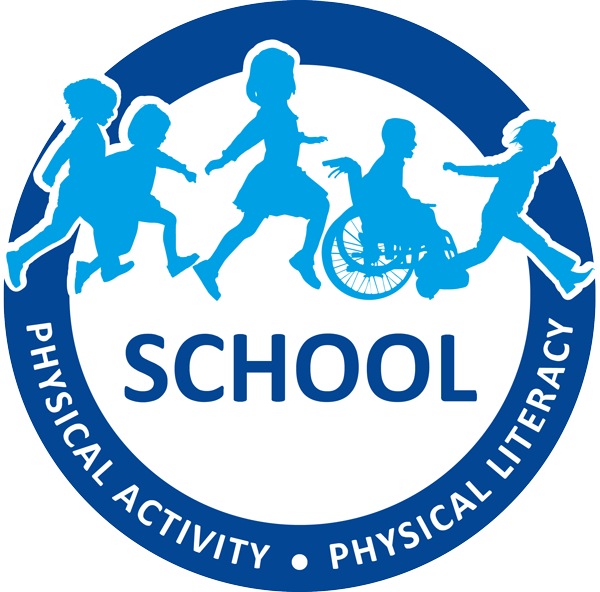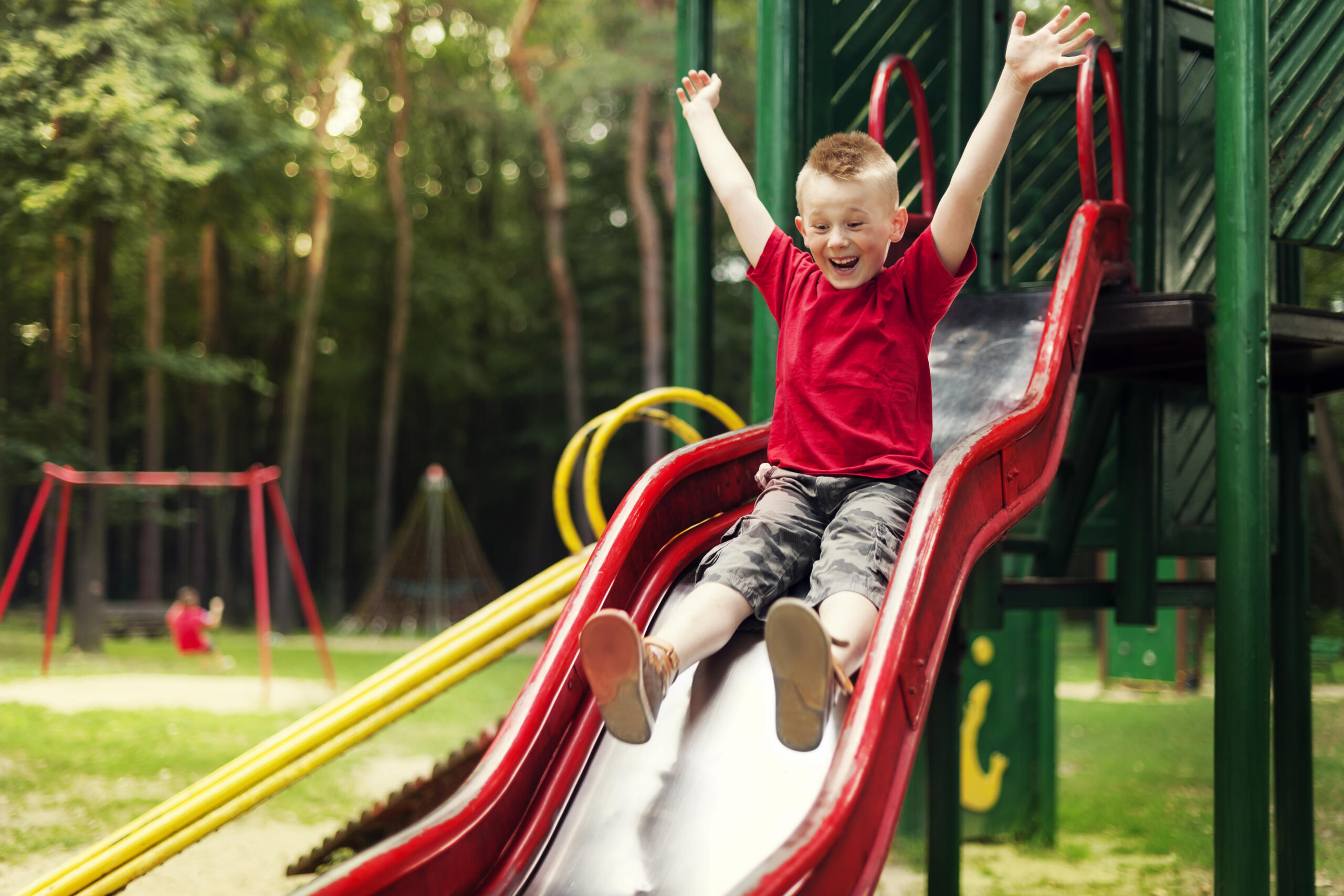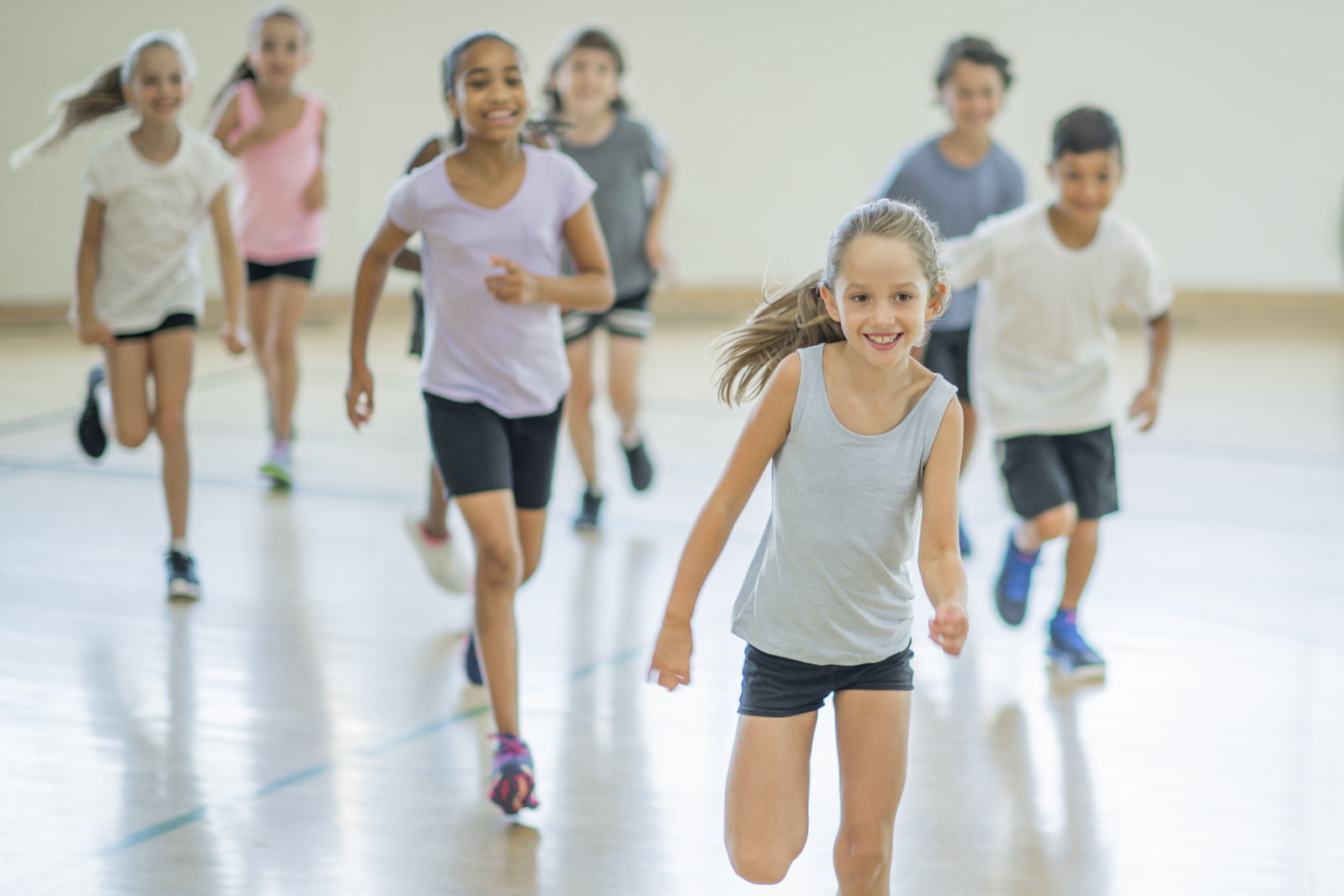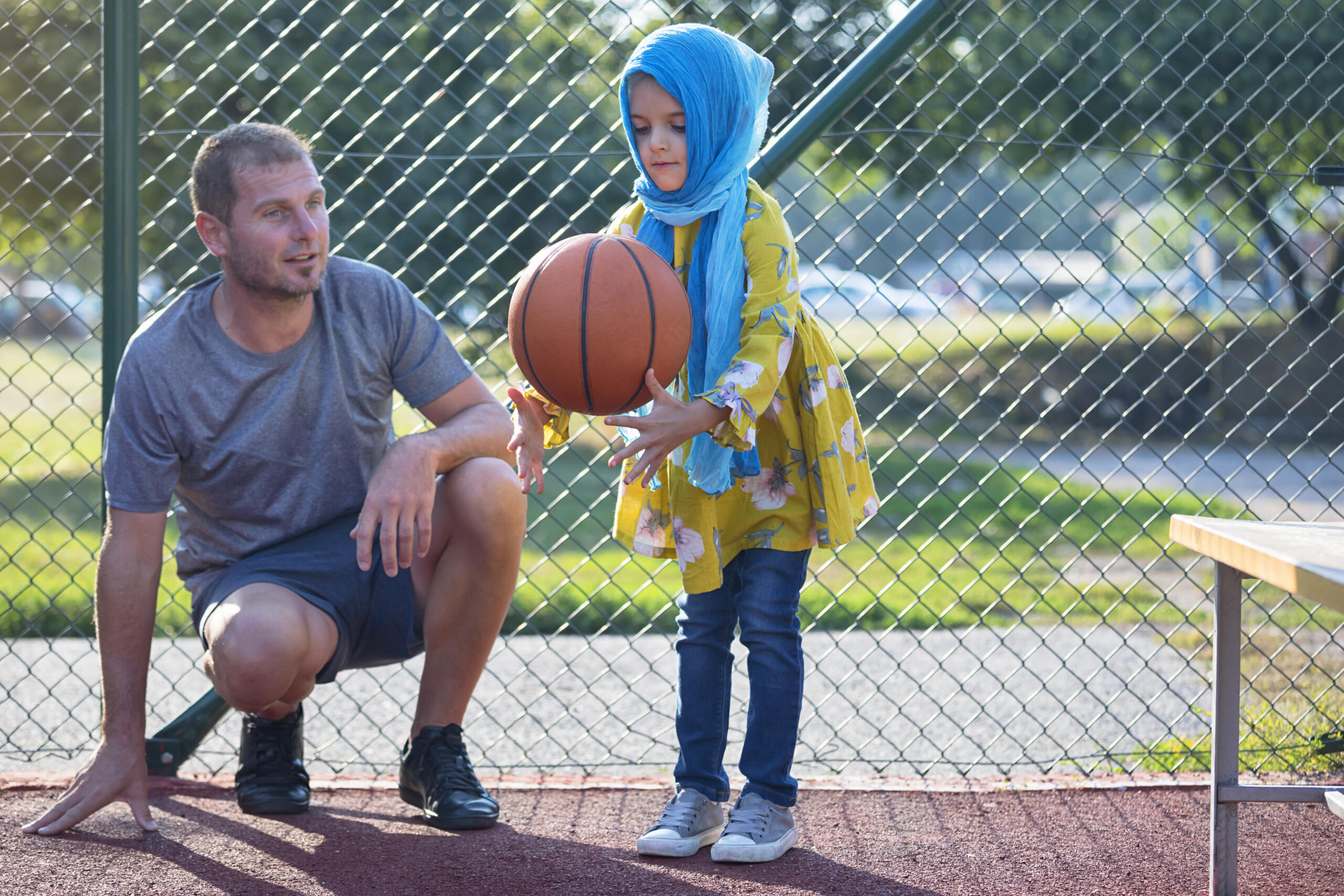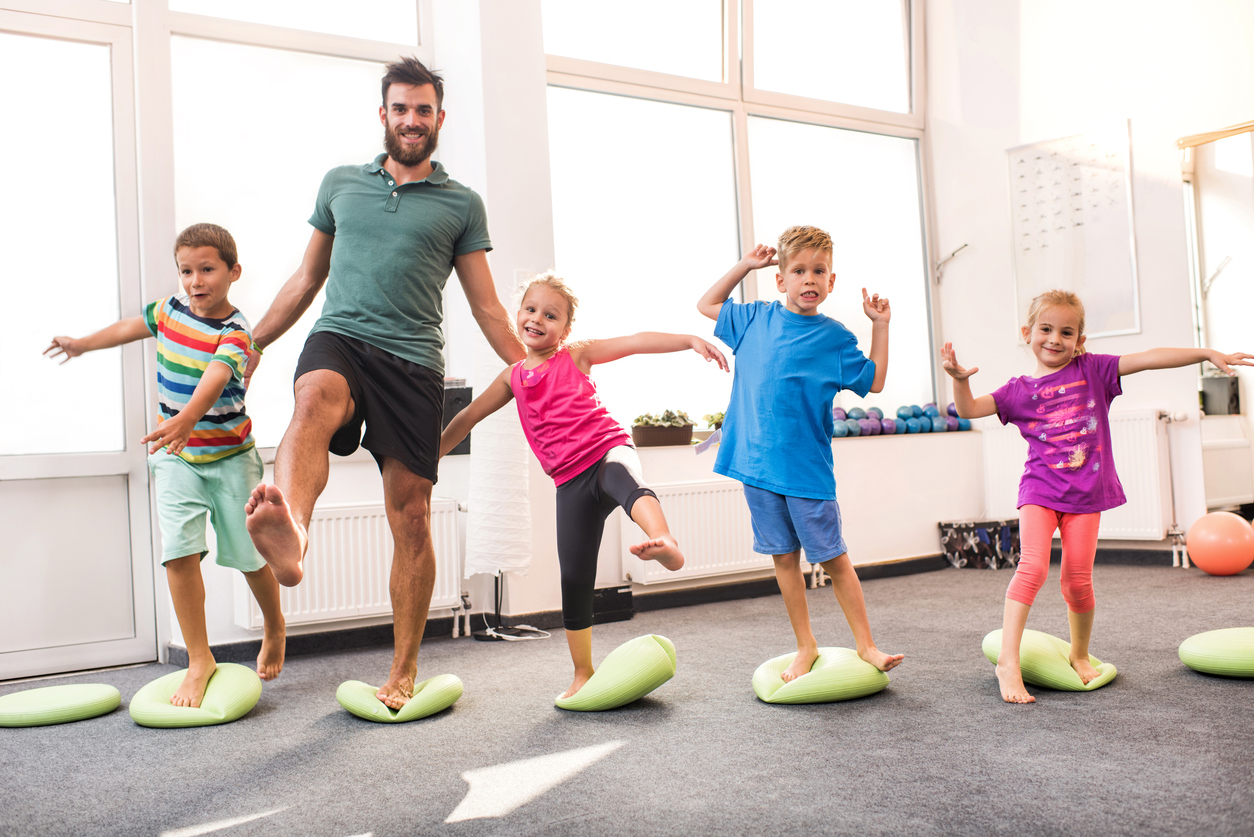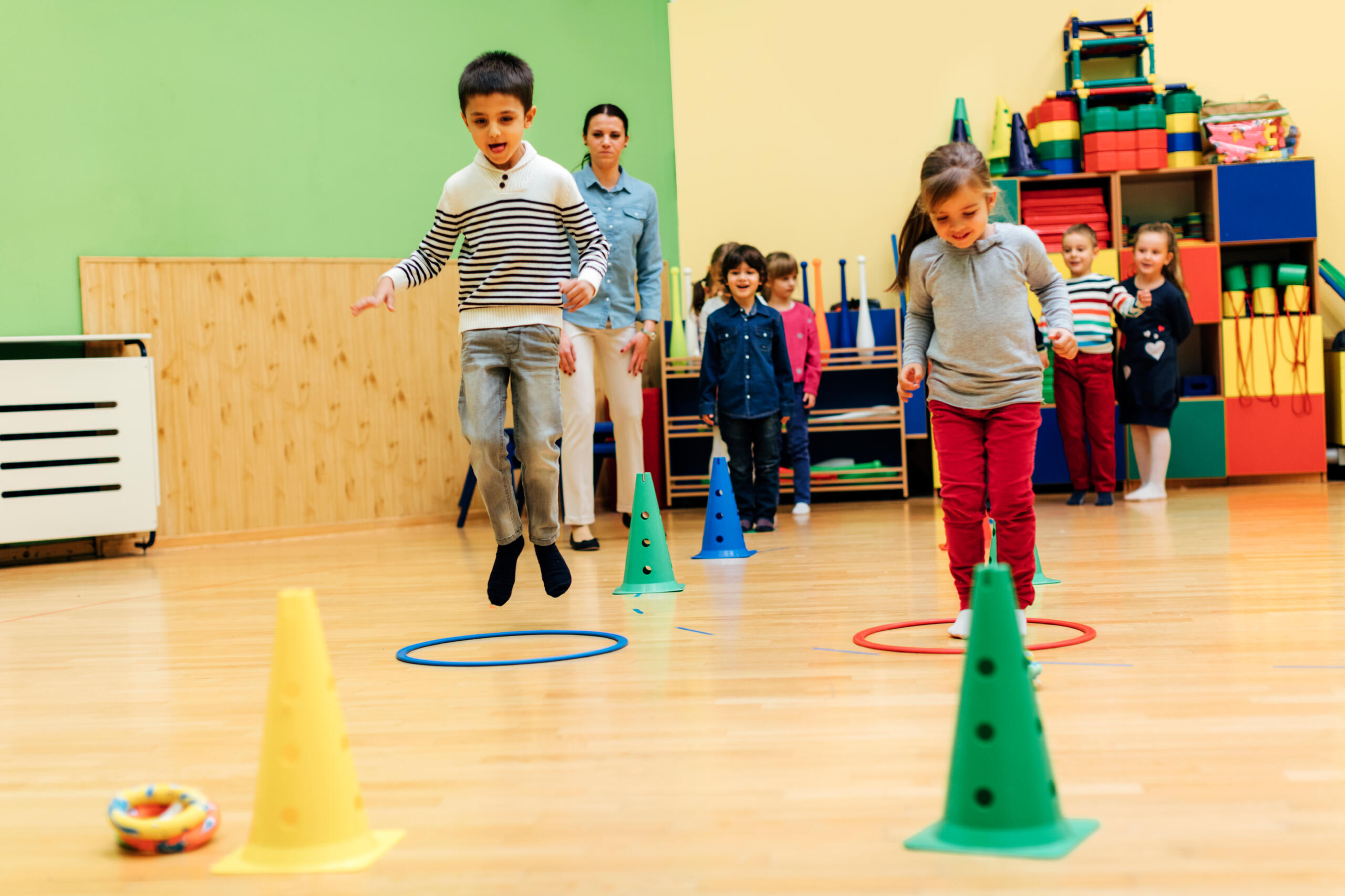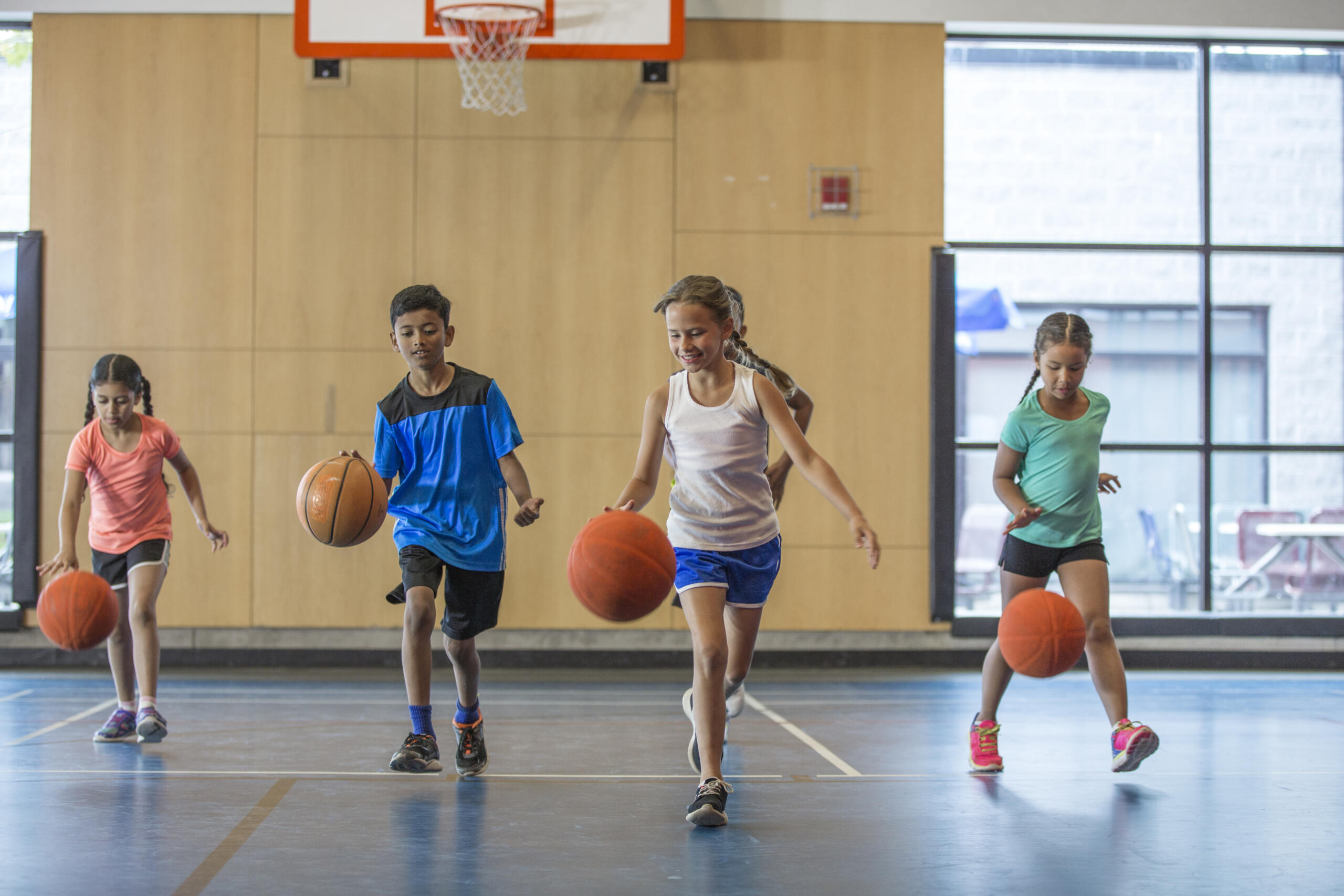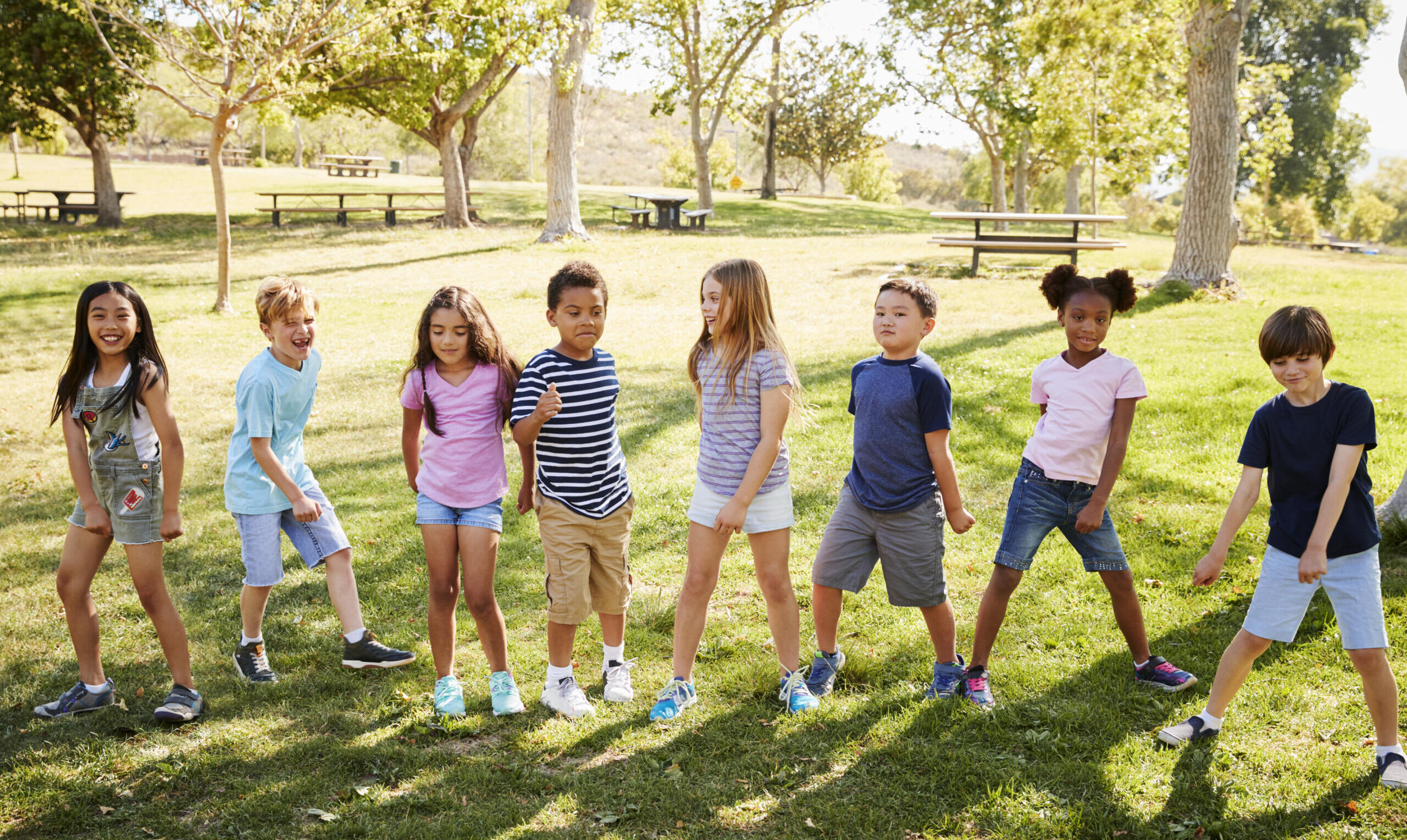As students come back from the summer break, a great way to encourage physical activity is to get out and enjoy those last days of sunshine! And while the playground has the obvious benefits of being a play space to explore individually, you can also encourage your students to develop their physical literacy with more structured activities.
Even the most basic playground can be used to develop physical literacy and keep students physically active. All that is needed is a bit of creativity! Here are a few great ideas you can use your school’s playground in fun, engaging ways:
Playground Games
Do your students know how to use their playground? Playground games such as tag on the play structure or challenges like traversing the playground without touching the ground show students play possibilities that they can use during recess or lunch breaks. Introduce your students to traditional games like four square, hopscotch, kickball, gaga ball, British bulldog, and red rover.
Softball Diamonds
Softball diamonds are great for warmups and developing different locomotor skills. Run forward to first base, side shuffle on the left to second base, mini-step backwards to third base, and side-shuffle on the right to home base. Try Follow the Leader around the bases, where the leader changes movements at each base.
Playground Circuits
Your playground structure is great for circuits! Be creative in how you use what you have. Try including exercises like balance walks on beams or stumps, push-ups on benches, hanging from bars, or running up the slide. Use these as a themed circuit.
Amazing Races
Have your students explore the entire schoolyard with an Amazing Race challenge, incorporating various tasks that use different equipment and obstacles. Activities should have students climbing, jumping, running, etc. In all, students should be using a variety of equipment in the schoolyard to use different fundamental movement skills.
Looking for more ways to use your playground and develop physical literacy? Download Developing Physical Literacy on the Playground and share it with your school! And, if you’re looking for more ways to incorporate physical activity in your class, sign up for PLAYBuilder for free! You’ll gain instant access to an online platform that has 900+ cross-curricular games and activities to implement into your school schedule.
